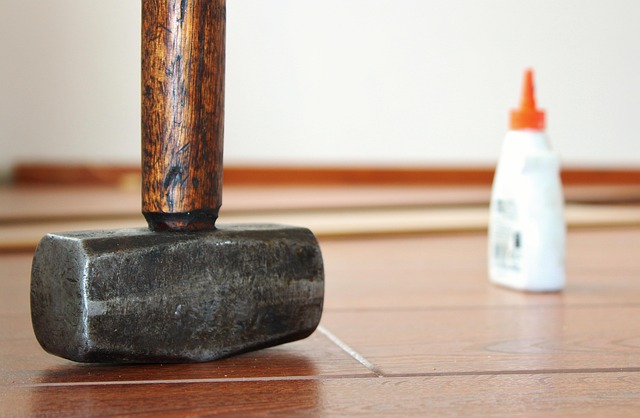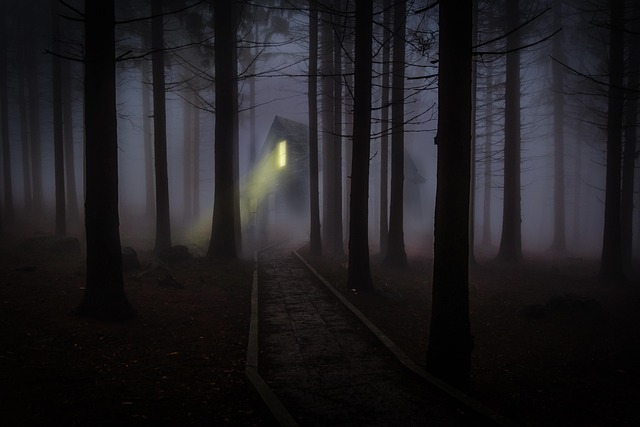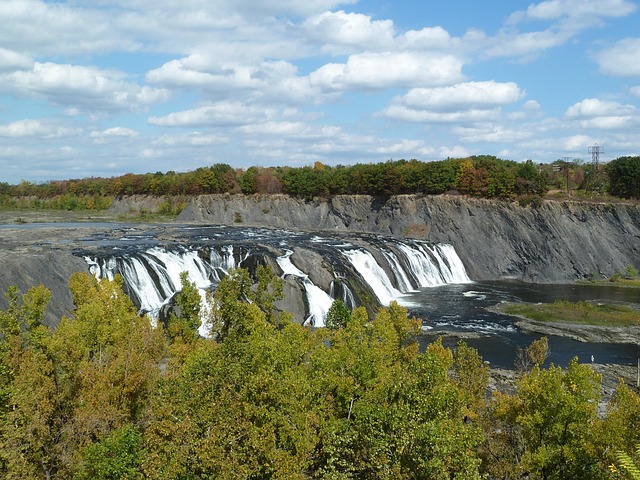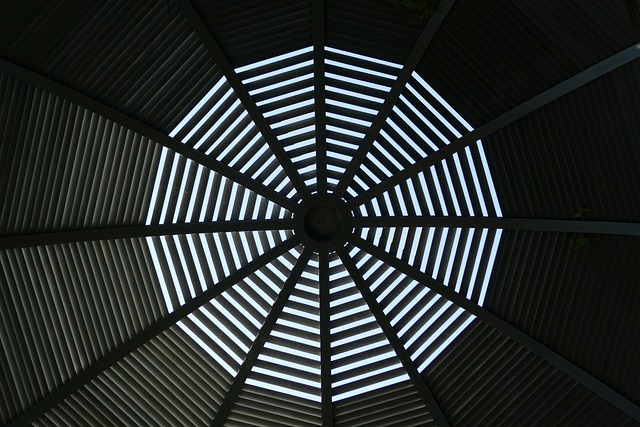Glue laminated beams (GLBs), strong and stable engineered wood products with adhesive bonding, offer advantages over solid timber for construction and furniture making. They are durable, eco-friendly, and suitable for various applications. Damaged GLBs, caused by moisture, impact, or extreme temps, require prompt inspection and repair using specialized adhesives. Regular maintenance extends their lifespan, addressing issues like decay to preserve structural integrity. Repair or replacement decisions depend on load requirements and aesthetics.
“A glue-laminated beam, a modern engineering marvel, offers exceptional structural integrity. However, these beams aren’t immune to damage from various factors like moisture, pests, or poor installation. If your home or building’s glue laminated beams have sustained injuries, don’t despair! This comprehensive guide explores the definition of these innovative structures, common damage causes, and effective repair techniques using suitable materials. Learn how to assess, restore, and ensure their longevity.”
- Glue Laminated Beam Definition Explained
- Common Causes of Damage to Beams
- Inspection and Assessment for Repair
- Repair Techniques and Materials
- Ensuring Longevity After Restoration
Glue Laminated Beam Definition Explained

Glue laminated beams, often referred to as GLB or glue-laminated timber, are a type of engineered wood product with exceptional strength and durability. This innovative construction method involves bonding multiple layers of wood together using high-strength adhesives. Each layer, known as a laminar, is carefully selected and oriented for optimal performance, ensuring the beam’s structural integrity. The resulting material offers significant advantages over traditional solid timber beams, especially in terms of strength, stability, and dimensional consistency.
The longevity of glue laminated wood construction is a key benefit, with proper care and maintenance, these beams can last for decades, making them a sustainable choice for various applications. Their production also highlights the sustainability aspects of glue laminated beams, as it minimizes waste compared to solid timber harvesting and promotes responsible forest management. Industries such as construction, architecture, and furniture making widely utilize GLBs, including structural elements in buildings, bridges, and even custom woodworking projects. For those considering glue laminated beams for their project, give us a call at (607) 369-9341 to discuss the benefits and optimal use cases for this versatile material.
Common Causes of Damage to Beams

Damaged glue laminated beams are a common concern in both residential and commercial construction. These beams, known for their superior strength and durability, are created through a process called glue laminating. This involves bonding multiple layers of wood together with strong adhesives, forming a beam that can support significant weight. Despite their robust nature, glue laminated beams can suffer damage due to several factors.
One of the primary causes is prolonged exposure to moisture, which can lead to rot or weaken the adhesive bond over time. Another common issue is physical impact, such as construction site accidents or structural issues in older buildings. Environmental factors like extreme temperature changes or poor storage conditions can also contribute to damage. To ensure long-term care for glued wooden structures, it’s essential to implement eco-friendly structural solutions like glue laminating. Regular inspection and prompt repair of any damaged beams at 18 Clifton St, Unadilla, NY 13849 are crucial steps in maintaining the integrity of these beams, considering the diverse range of potential causes and the need for cost-effective, efficient repairs, as outlined in a recent glue laminated beam cost analysis. The glue lamination process for beams is a sophisticated technique that, when properly executed, can extend the lifespan of these structural elements while preserving their structural efficiency.
Inspection and Assessment for Repair

Before attempting any repair work on damaged glue laminated beams, a thorough inspection and assessment are crucial. This process involves evaluating the extent of the damage and understanding the unique properties of these specialized construction elements. Glue laminated beams, defined as structural elements created by gluing together multiple wooden layers, offer exceptional strength and durability compared to traditional solid timber beams. Their lamination process ensures superior dimensional stability and resistance to warping, making them a popular choice in modern construction.
During inspection, professionals should consider factors such as crack propagation, delaminations, and glue failure points. Assessing the structural integrity of the beam is essential, especially when budgeting for repairs. The applications of glued wooden beams are diverse, ranging from residential to commercial buildings, each project requiring tailored repair solutions. By examining these beams closely, contractors can make informed decisions regarding replacement or reinforcement methods, ensuring the safety and longevity of structures that rely on their structural integrity, such as those found at unalam.com.
Repair Techniques and Materials

When it comes to repairing damaged glue laminated beams, several effective techniques and materials can be employed. Glue laminating, a process that involves bonding multiple layers of wood to create a single, strong component, forms the basis for these repairs. This method is particularly advantageous in structural applications due to its superior strength-to-weight ratio.
For minor damages like cracks or chips, using eco-friendly adhesives designed specifically for glue laminated beams can be a suitable solution. These adhesives not only ensure structural integrity but also promote long-term care for glued wooden structures. In more extensive cases, replacement sections of the beam may be necessary, utilizing industrial applications of glue laminated wood to create precise, durable repairs. To get expert advice tailored to your specific needs, give us a call at (607) 369-9341. The cost analysis for these repairs varies based on the extent of damage and local market rates, but investing in timely maintenance can significantly reduce structural vulnerabilities over time.
Ensuring Longevity After Restoration

After successfully restoring damaged glue laminated beams, it’s crucial to consider measures that ensure their longevity. Glue laminated beams, defined by their strong bonding of multiple wood layers under high pressure and heat, offer exceptional structural integrity when properly maintained. To maximize the lifespan of these beams, regular inspection is key. Look out for signs of decay, cracks, or moisture damage, addressing them promptly to prevent further deterioration.
Proper restoration techniques, such as using specialized adhesives and precision cutting, can revive damaged beams, restoring their structural capabilities. When to use glue laminated beams depends on various factors, including load-bearing requirements and aesthetic preferences. The applications of glued wooden beams are diverse, ranging from architectural support in historic buildings to modern construction projects. Given their superior strength and durability, choosing to repair rather than replace damaged glue laminated beams can prove beneficial, both aesthetically and economically. For expert advice tailored to your specific situation, give us a call at (607) 369-9341.
Damaged glue laminated beams can be expertly repaired, ensuring their structural integrity and longevity. By understanding the definition of glue laminated beams and common causes of damage, proper inspection and assessment are key to successful restoration. Employing suitable repair techniques with durable materials allows for a robust fix, extending the life of these essential structural components. Remember, when it comes to fixing damaged glue laminated beams, knowledge and the right approach make all the difference.














